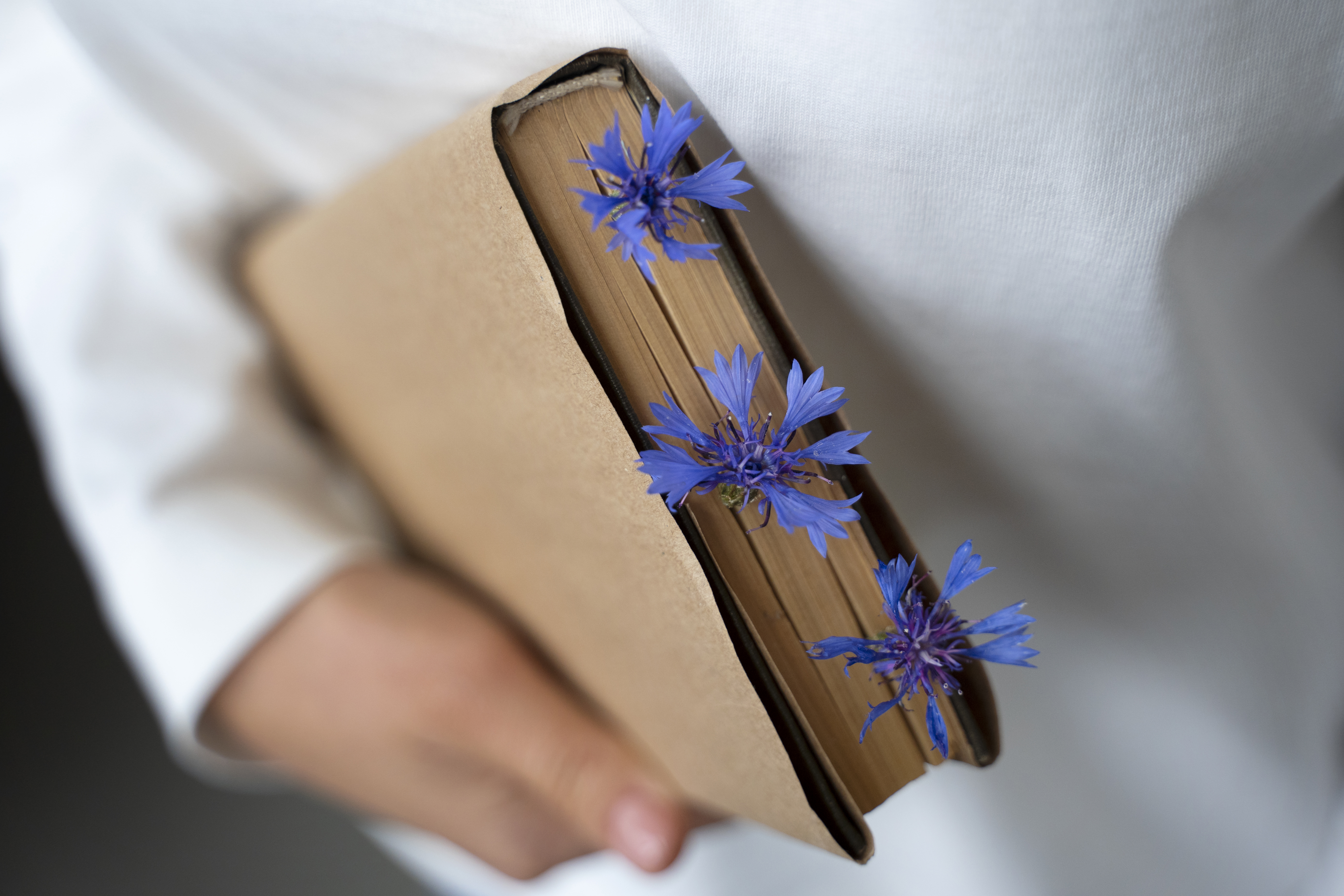Contemporary poetry steps beyond rigid meter and inherited form, prioritizing voice, theme, and lived experience. Free verse coexists with performance, video, music, and storytelling. The most resonant work — the best contemporary poetry — moves fluidly from “page” to “stage,” from an intimate reading to a global share on social media.
At its center is today’s language and urgency: identity, politics, migration, the body, vulnerability, trauma, and love. That’s why contemporary poetry reaches broad audiences without requiring specialized literary training.
How Contemporary Poetry Differs from the Classical Canon
Defining Traits
- Free verse that resists strict rhyme and meter.
- Direct social and political engagement.
- Multimedia expression: sound, video, body, stage.
- Conversational language and hybrid genres.
- Focus on identity and personal narrative.
Table 1. Classic vs. Contemporary Poetry
| Feature | Classical Poetry | Contemporary Poetry |
|---|---|---|
| Structure | Strict forms (sonnet, ode, haiku) | Flexible, often free verse |
| Language | Formal, symbolic | Conversational, experimental |
| Themes | Love, nature, spirituality | Identity, politics, vulnerability |
| Medium | Printed page/book | Page, stage, audio, video |
| Accessibility | Often for literary insiders | Wide, global audiences |
Why the Best Contemporary Poetry Matters Now
The best contemporary poetry responds to what is happening: climate anxiety, social upheavals, digital intimacy, and community care. It travels fast. Independent festival tracking indicates that poetry performances using multimedia elements rose from 22% to 46% over the last five years, while live-reading audiences grew by 37%. As formats blur, poems become events — not just texts.
Contemporary Poetry Examples
Quick Pathway Through Examples
- Claudia Rankine, “Citizen” — a hybrid of poetry and essay on race and public space.
- Ocean Vuong, “Night Sky with Exit Wounds” — love, war, migration in luminous lyric.
- Rupi Kaur, “Milk and Honey” — minimalist poems paired with visual cues.
- Danez Smith, “Don’t Call Us Dead” — Black identity and queer experience.
- Candy Royalle (performance) — political, vulnerable, embodied voice.
Table 2. A Starter Shelf for Contemporary Poetry
| Poet | Work / Format | Theme Highlight |
|---|---|---|
| Claudia Rankine | Citizen | Race, justice, civic life |
| Ocean Vuong | Night Sky with Exit Wounds | Memory, family, migration |
| Rupi Kaur | Milk and Honey | Trauma, survival, healing |
| Danez Smith | Don’t Call Us Dead | Black identity, queerness |
| Candy Royalle | Performance works | Politics, tenderness, the body |
Schema: How Contemporary Poetry Engages Readers
How to Explore Contemporary Poetry (Practical)
- Attend a poetry night or slam — hearing it matters as much as reading it.
- Follow poets on social — short forms and visuals ease discovery.
- Read anthologies to compare voices, forms, and concerns.
- Write daily “micro-studies”: 10–15 free-verse lines on life right now.
- Experiment with hybrid: text + audio/video — new media expands meaning.
Takeaways: Why Contemporary Poetry Is About Us
Contemporary poetry is flexible, open, and responsive. It speaks in many community voices, changing forms and venues as it goes. The best contemporary poetry shows how today’s language can heal, argue, and gather us — and the contemporary poetry examples above map pathways from the bookshelf to the stage and back again.
